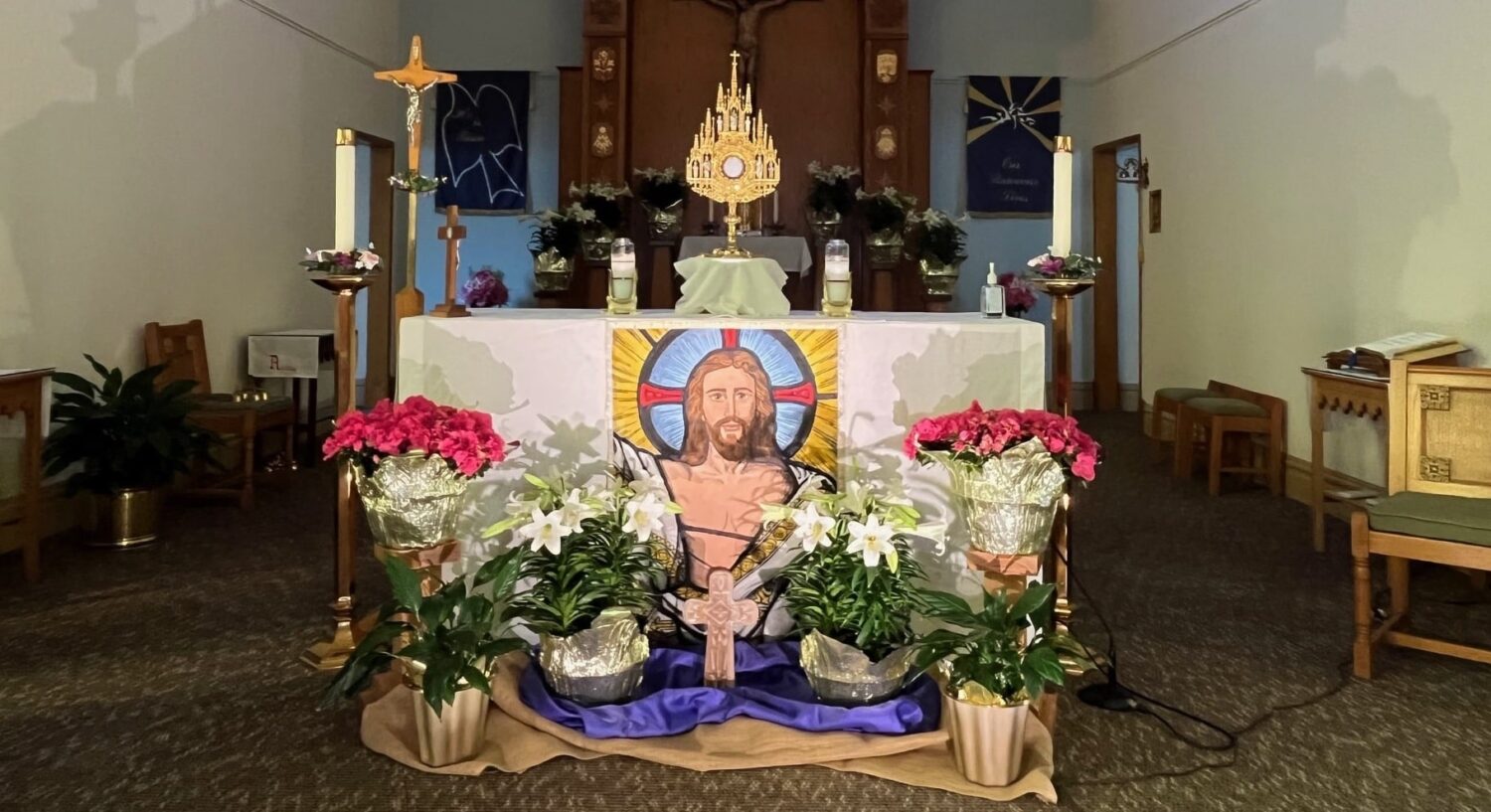Sacramentals prepare us to receive God’s grace and to cooperate with it. It is important to know the difference between sacramentals and sacraments. While they are similar in name, sacraments and sacramentals have a unique and distinct role in the life of the Catholic Church. Sacramentals always include a prayer, usually a sign or action such as laying on of hands or counting beads or making the sign of the Cross or sprinkling with another sacramental, holy water or preparing the body, casket and grave with incense. Again, sacramentals prepare us as we hope to next receive God’s grace. Sacramentals help us to call on God’s blessing. They help us to be a blessing in the service of the Lord.
“Nothing whatever pertaining to godliness and real holiness can be accomplished without grace.” ― Saint Augustine of Hippo
Why Should We Have Sacramentals? – Fr. Enrique Salvo (6:52)
Sacramentals should not be thought of as contracts, investments, or good luck charms. To wear the scapular does not give us free reign to commit mortal sin and still be assured of heaven. The power of sacramentals, then, depends greatly on the devotion of both the priest who gives the blessing and the person who is receiving the sacramental. They depend on the prayers of the church, the prayers of the blessings that are imposed on them, and the merits of Jesus Christ, the Blessed Mother, and the Saints. Of themselves they do not save souls, but they are the means for securing heavenly help for those who use them properly.
Are Sacramentals found in the Bible?
While you will not find people in the Bible fingering rosary beads, wearing scapulars or donning Miraculous Medals, there are a number of passages of Scripture that support the use of sacramentals:
- In the Old Testament, Naaman went to Elisha for a cure for his leprosy. Elisha told him, “Go and wash seven times in the Jordan, and your flesh will heal, and you will be clean” (2 Kings 5:10).
- When the man came in contact with the bones of Elisha, he came back to life and rose to his feet (see 2 Kings 13:20-21).
- Jesus healed the blind man using mud (see John 9:6-12).
- The woman with hemorrhages was healed by touching Jesus’ garment (see Luke 8:44).
- In Acts 19:11-12, it is recounted that when face cloths or aprons that had touched the skin of Paul and were applied to the sick, diseases were healed and evil spirits released.
Blessing Prayer of Sacramentals
Father in heaven, we praise you for sending your Spirit into our hearts to teach us to pray. Bless + this N., and teach us to use it as an aid to sincere and devoted prayer. May we continue to grow in prayer, and be pleasing to you in our lives. All praise and glory are yours, Father, through Christ our Savior, in the Holy Spirit, God, forever and ever. Amen.
